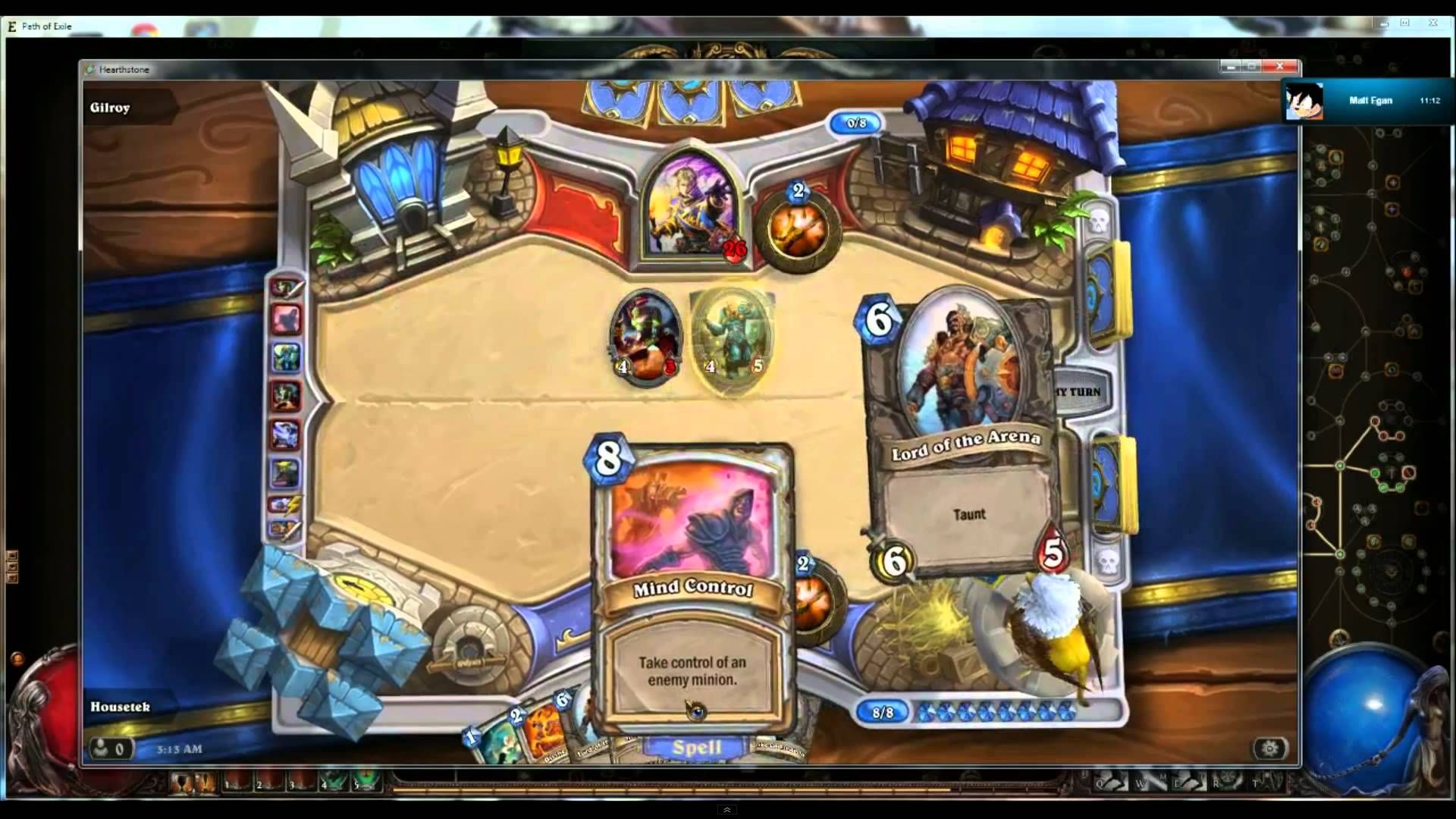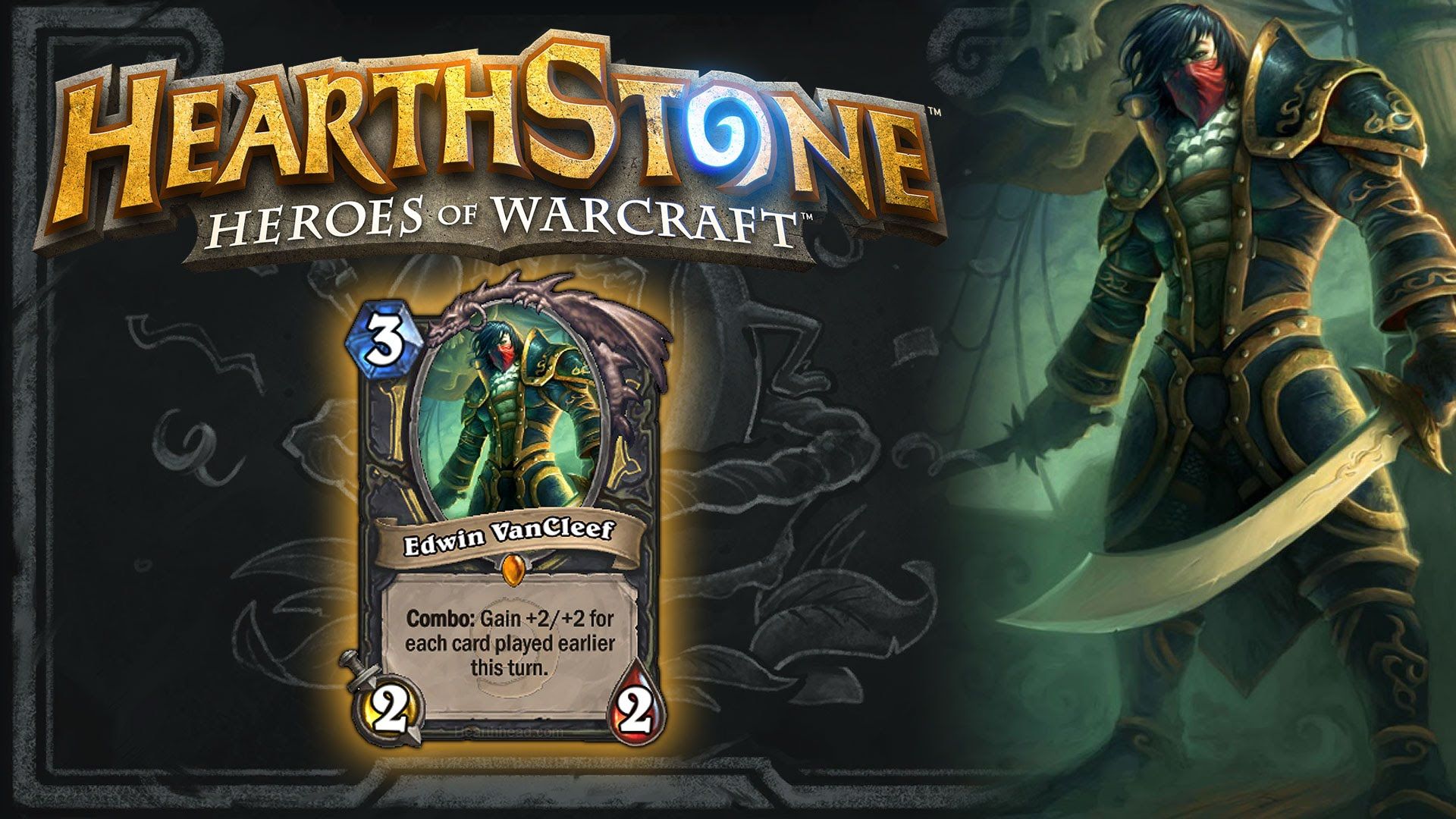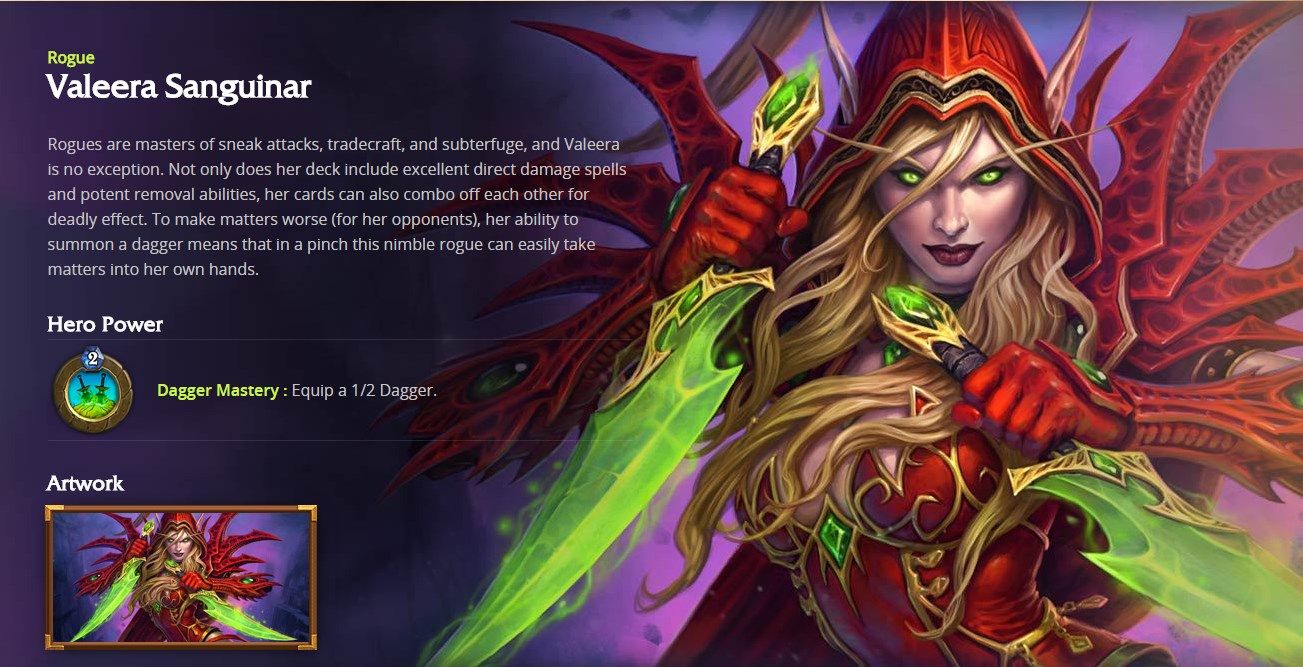Related
The popularity of Blizzard’sHearthstoneis monumental and just keeps on growing . This preceding May , it passed the 70 million combat-ready players mark , and the lately released Frozen Throne elaboration is certain to push that number even higher .
These are highly impressive figures given thatHearthstonehas only been out for 3 and a one-half years now , but how does Blizzard acquire so many devotee of the secret plan and keep them firm ? The reply is that they are constantly monitoring the game residential district and , in accession to their keen understanding of card battle , they listen to their lover .
The developers ofHearthstoneare constantly re - balancing the meta for the free-enterprise ranked plot . Introductions of new placard sets that allow for creation of new decks , as well as augment old I , make the game in an almost constant state of flux that the fast fanbase is always straightaway to harness .
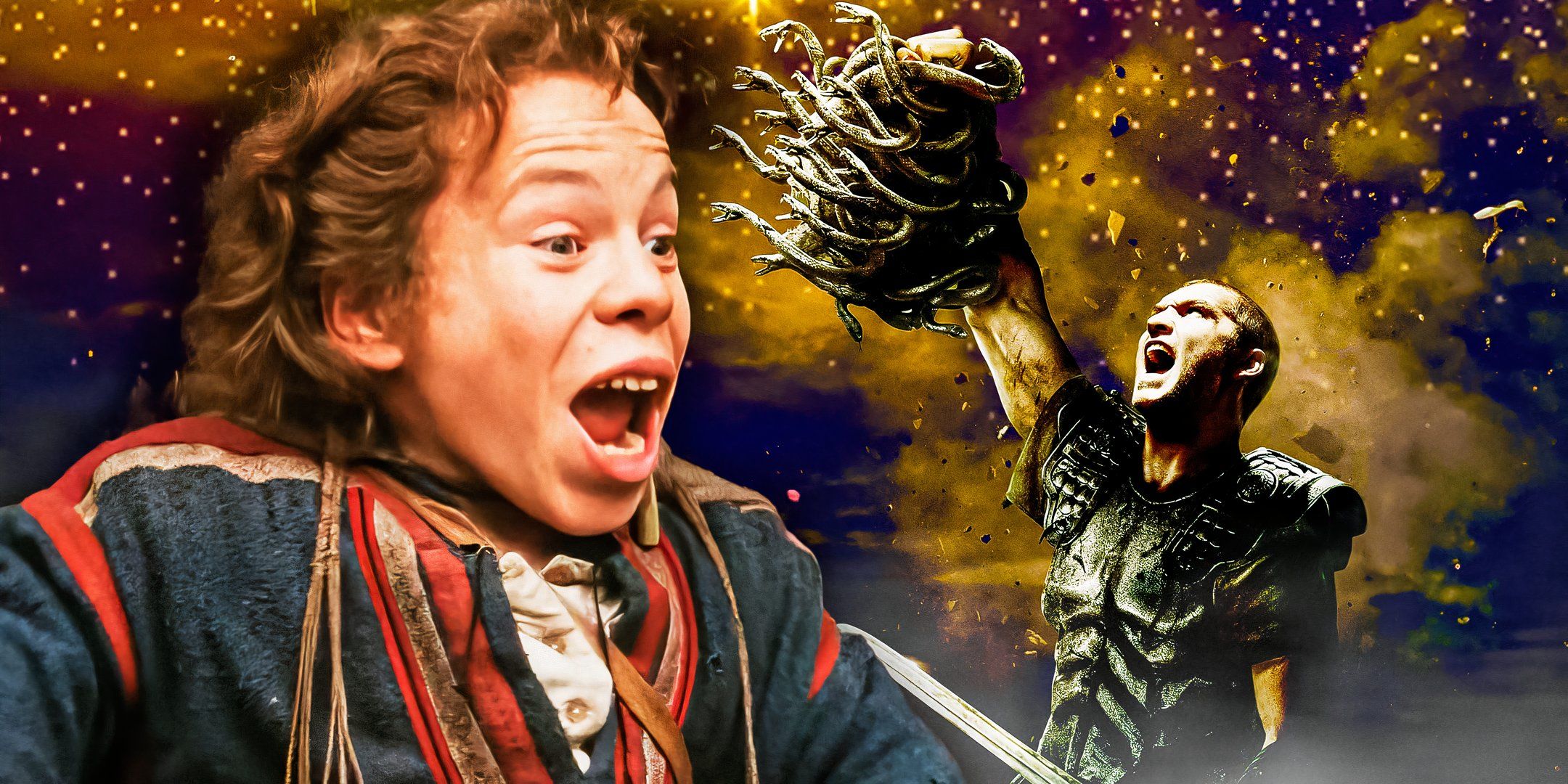
However , sometimes these change make problem within the meta . While the game is plan to keep things brisk and weed out older pack of cards anatomy , there are periodic adverse essence on current and past cards that postulate fixing .
There have been many cards that crop a little too well with others and therefore destroy the viability of others that were n’t intend to be made obsolete at the time . It ’s a touchy balance to asseverate , and the changes have been met with both extolment and criticism .
Here are15HearthstoneCards That Had To Be Banned ( Before They Broke The Game ) .

15. Unleash The Hounds
The Unleash The Hounds carte has been deepen as much as any , with a sum of 4 incarnations including the current one . A Hunter exclusive card that can be used to balance a board or make out major hurt to the opposition hero , Unleash The Hounds has been executable in most Hunter decks to this daytime .
However , the way it started out in retrospect was way sweep over . As a 1 form card that gives all your other beasts +1 blast and charge , it was too easy to combine with strong savage and deal an overpowering amount of damage and leave the opponent with no real fortune to anticipate it .
The first nerf made it recognizable today , increasing the cost by 3 and giving one hound for each foeman minion . This was a little too high of a cost though , and the next alteration contract it down to 2 .

It remain this way for a little while , but other changes in the Hunter class once again made it too cheap , and it finally locate on the 3 price it is now . It may have taken some clip , but Unleash The Hounds is a good lesson of the evolution of theHearthstonemeta .
14. Starving Buzzard
As another Hunter exclusive , Starving Buzzard was an essential part of the same early Hunter deck that made Unleash The Hounds so dangerous . Starting out as a simple 2 cost card , starve Buzzard allows the musician to delineate a card for every beast they marshal .
The Hunter pack of cards has never miss for quick minions , but the bum cost of this wit in combination with the first three versions of Unleash The Hounds was just too much . The quickness of the minion dip and card drawing left most other pack of cards in the debris , which greatly affected the stratified free-enterprise games .
It was an early example of the " rush or lose " problem that has always surrounded the stratified ladder . The first modification was to reduce the Buzzard ’s staying power to 1 , which made it an well-heeled kill for many decks , but it still was n’t enough . The real nerf bump when the card ’s toll was upped to 5 , where it stands today .
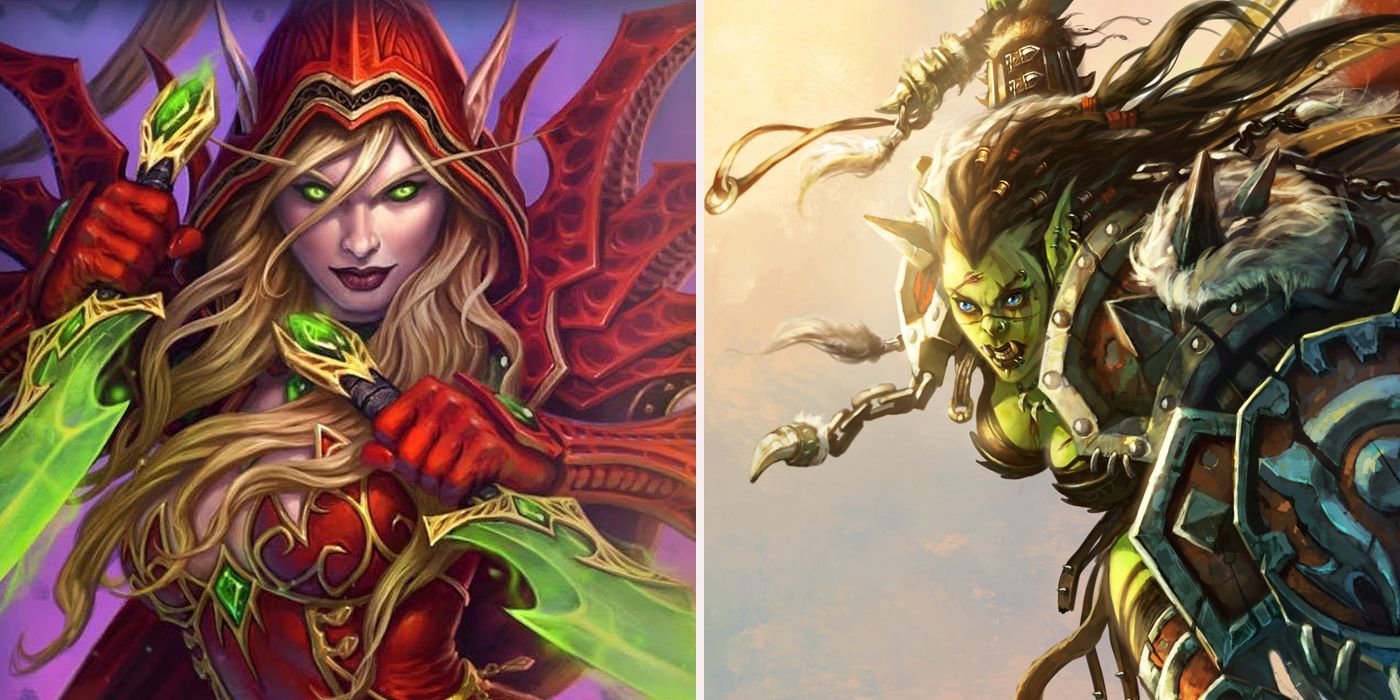
This fundamentally made the Starving Buzzard unwanted for fast Hunter decks . Though it is still seen sometimes in barbarian , the Starving Buzzard has all but disappeared from the decks of the best role player .
13. Undertaker
Deathrattle - focused deck have long been a favorite amongHearthstoneplayers , and every enlargement set has had at least some cards catering to this elan . The Undertaker , introduce in the Naxxramas expanding upon , was in the beginning a 1 cost circuit board that , when you summoned a deathrattle minion , would gain +1/+1 .
There are several cards with a like advantage like the Secret Keeper and Mana Addict , but the trouble with the Undertaker is two fold . First , minions are generally promiscuous to deploy rapidly than closed book or spells , and secondly , Undertaker was an former , high - priority target that could be too toilsome to take out with the good deck to maximise its ability .
An ever - scale 1 toll card that could be built upon every turn made Undertaker a placard that most deck tried to include , ensue in disturbances across the full meta at the clip . Non - deathrattle decks were pushed farther down the ladder , and players who wanted to vie needed to build up anti - aggro pack of cards just because of this calling card .
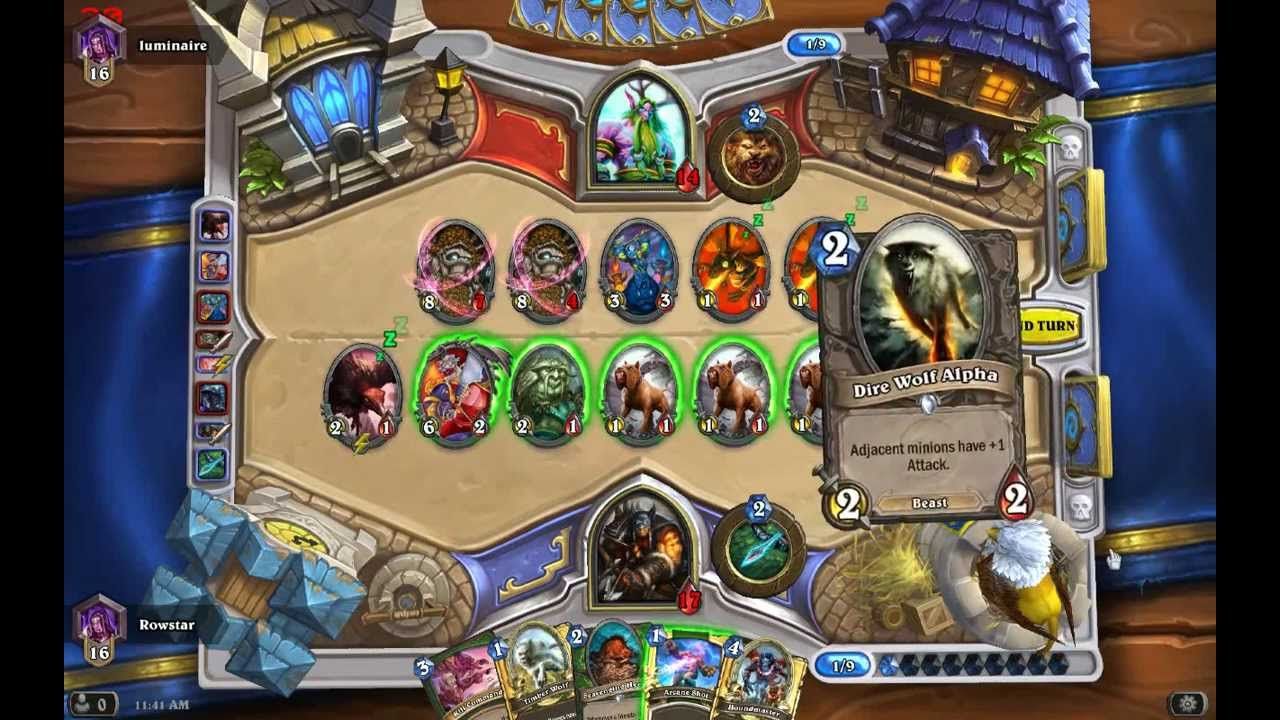
It was eventually changed to gaining just 1 attack rather 1 for both attack and staying power , making it very easy to deal with and rendering it obsolete in high ranking games .
12. Pyroblast
In the early days ofHearthstone , the Pyroblast was take essential to many players . The Mage social class often focus on verbatim scathe , and Pyroblast was and is its high bargainer , with 10 item guide at any target the actor chooses .
Originally , it was an 8 casting price , which seems unusual if you are new to the game , but back when the Mage had much more limited control choice , it was n’t bad . It was really the only card the class had that made opponents mistrustful , as it could end the game quickly at the right time .
The problem was exactly that though , because most Mage actor ’ only viable option was to stall until they can Pyroblast two turns in a row , making for a rather boring child’s play style for player and opponents . As expansions were tot , the Mage gained arguably the most out of any category , with several dissimilar deck builds that can compete at the high-pitched levels .
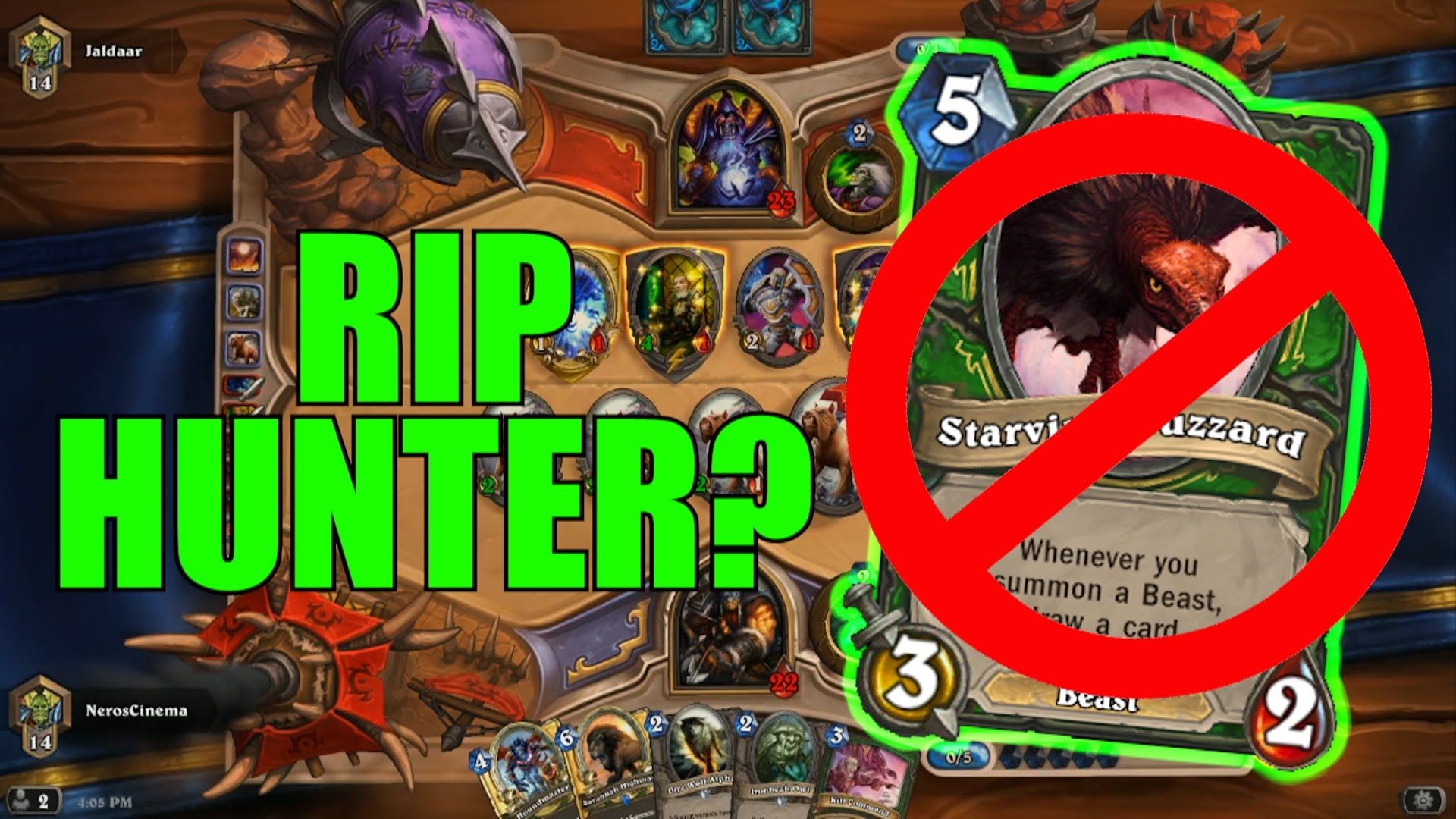
The time of the Pyroblast being a top mage card was over , and so the developers increased the cast cost to 10 , which is fair for the current meta . Pyroblast can still be attend sometimes , but has largely fall out of favor .
11. Warsong Commander
From the kickoff , everyone knew that the Warsong Commander wag was going to be trouble . It start as a 3 cost , 2/2 minion that devote all of your other minions shoot down . However , the developer did n’t think this was enough and actually increased its toughness to 3 .
The amount of damage this can do is almost measureless even though it is a Warrior exclusive calling card . The peak of this carte ’s viability get along in its third form , where it was a 3 toll , 2/3 minion that gave any summoned minion with 3 or less fire charge .
Once this happened and the Blackrock Mountain elaboration dropped , the infamous Patron Warrior deck was born . The Grim Patron is a 3/3 that spawns a copy of itself whenever it survives damage . With the Warsong Commander and several damage dealing cards , the Patron Warrior deck was well-nigh unstoppable for months in free-enterprise play .
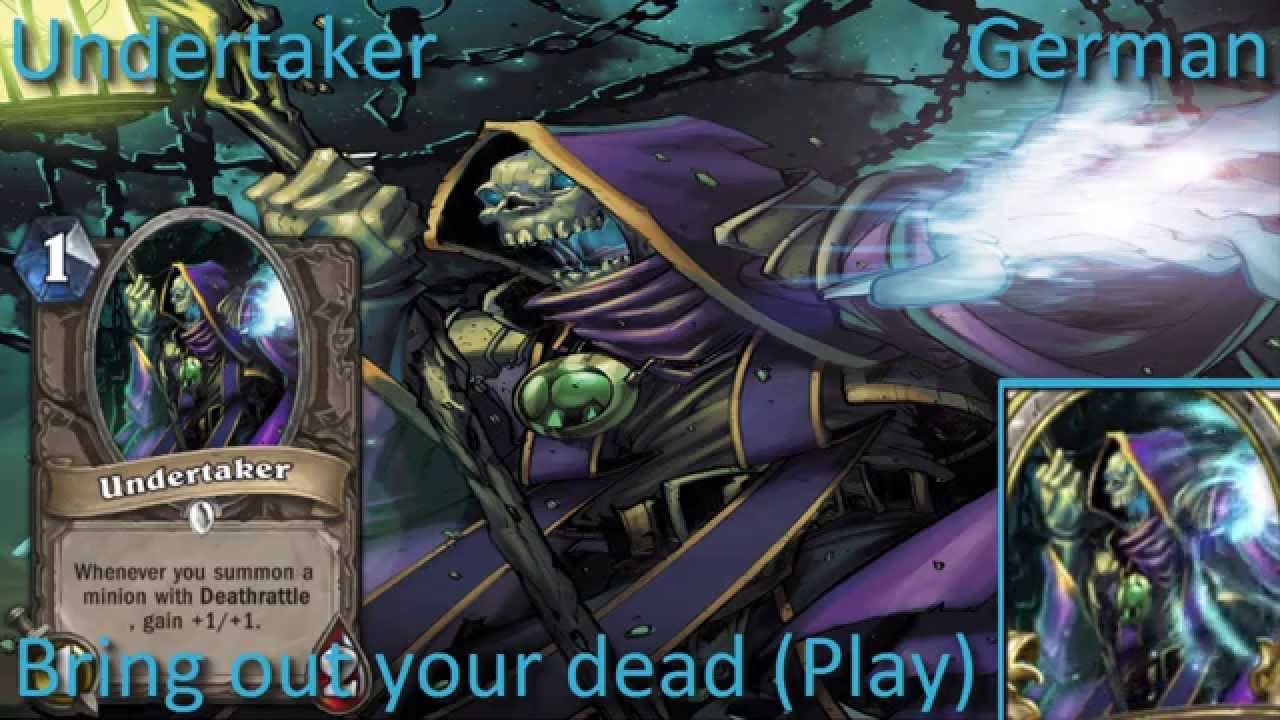
The best hope many deck had against it was that whoever is play it draws a bad hand and never sees the Patron hit the board . thespian tried for months but not too many good counter came until the Warsong Commander was nerfed to only agitate minions gaining 1 attack .
10. Force Of Nature
The only Druid exclusive posting on the list , Force Of Nature was a decisive part of the midrange Druid deck that got come to hard in former 2016 . The first incarnation of this wit was a 6 price trance that summoned 3 2/2 treants with bursting charge .
Ideally , it was combined with the 3 cost spell Savage Roar , which gave all your characters 3 attack for the turn . 9 mana cost for that damage is not bad in and of itself , but the sleep of this midrange deck had a wicked curve that almost guaranteed enough damage to be put on an opponent by the fourth dimension turn 9 come up .
Aside from the minions and spells , the Druid excels at building maximum mana with card like Wild Growth and Innervate . Combined with the deck curve and mid cost carte du jour like Loatheb and Emperor Thaurissan , the Druid had a setup that would deal a minimum of 14 hurt on tour 9 , and with a effective chance to do a lot more if the correct cards were in place .
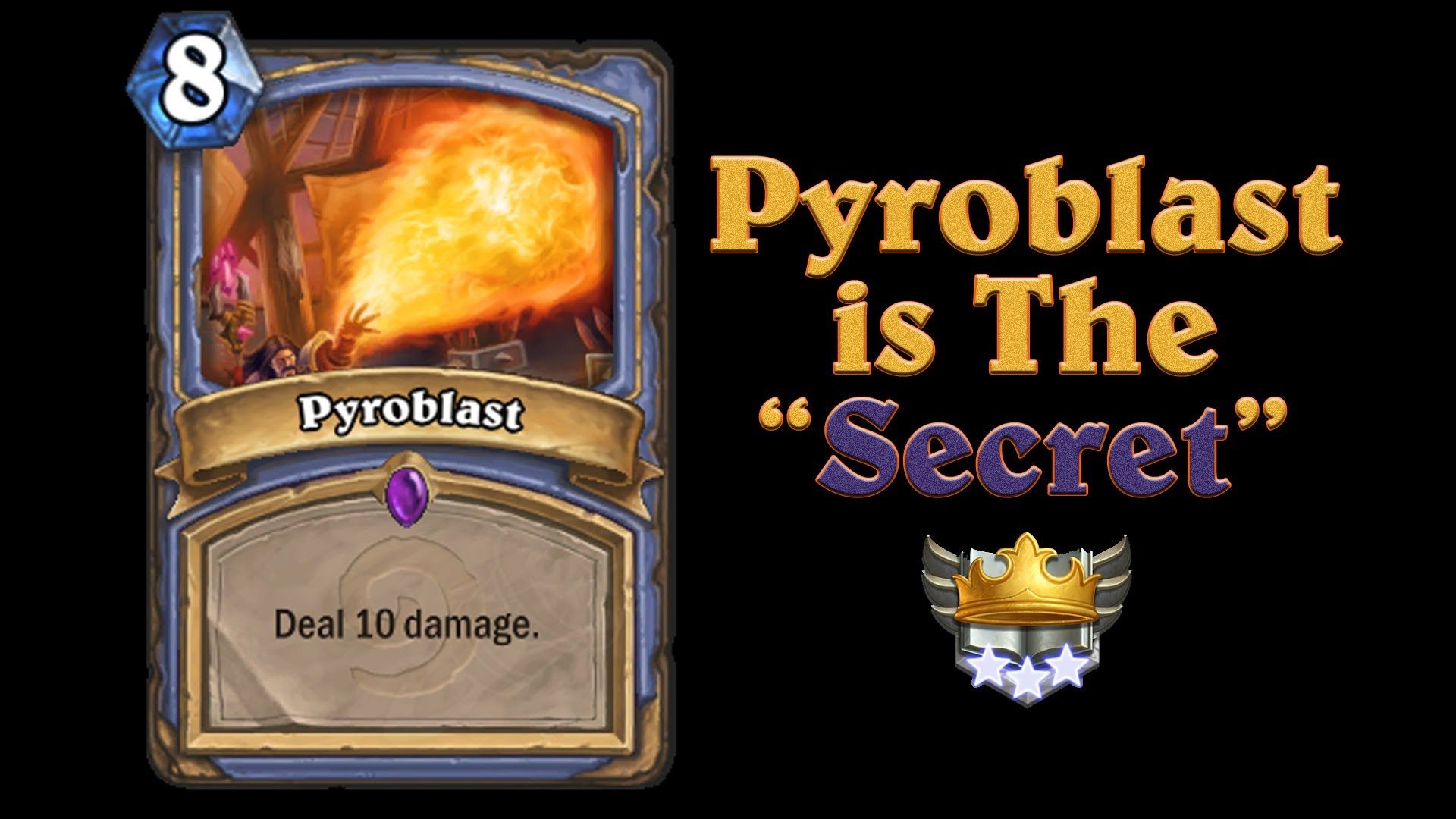
The card was changed to 5 price and take bang away from the treants , which like a shot eliminated that rendering of midrange Druid from higher social station .
9. Leeroy Jenkins
suffer out of the classical viral video recording fromWorld of Warcraftplayers , Leeroy Jenkins is a identity card that specialise in distribute monolithic damage in a individual turn . As a high priority target area , Leeroy has almost no promise of come through more than a one round , but there are several cards that increase his harm production that make his forfeit more than worth it .
Originally , Leeroy was a 6/2 , 4 price card that muster two most useless 1/1 whelps for the adversary . This made it highly modifiable , particularly with the Rogue , which could use carte like Cold Blood and Shadowstep , as well as neutral cards like Faceless Manipulator , to cope annihilating price to an opponent in no time prostrate .
Leeroy ’s alteration came in increase his price from 4 to 5 . This might not seem like much , but inHearthstoneit is a critical join between early / mid biz and late plot . 5 toll cards are chosen cautiously , and with others like Sludge Belcher high on the precedence listing , Leeroy was thrust down and is now mercifully seen in only a prime few charge - establish decks and almost never in the mellow rank and file .
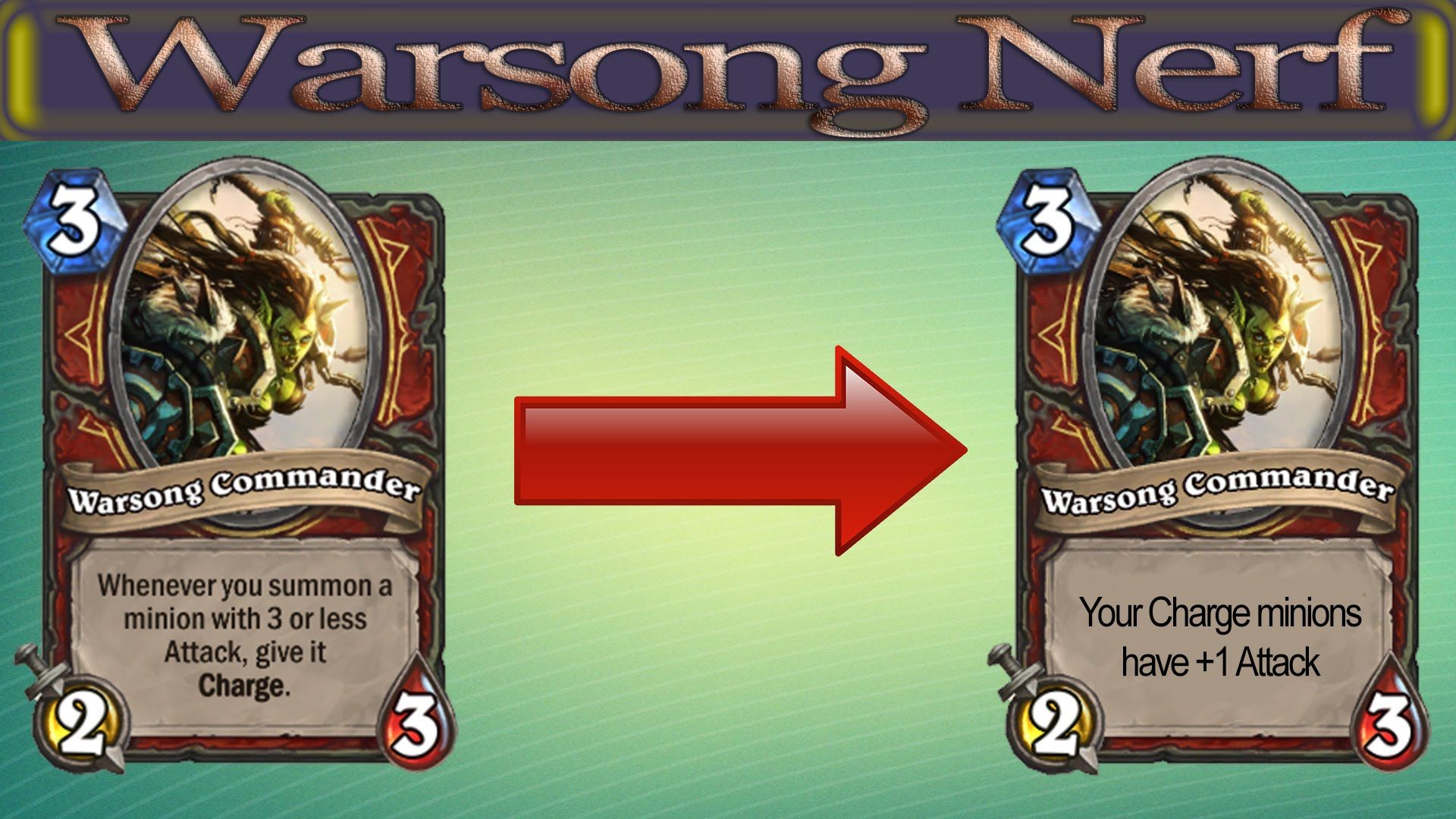
8. Mind Control
The early form of Mind Control did n’t last long , but it was definitely a problem for the shortsighted time it was around . This card steals a chosen minion from the opponent , and even in the early days of the game , the 8 cost of this game changer was too tatty .
Mind Control is one of the cards that can entirely change the tempo of the game when it is used , so anyone playing against a non-Christian priest must always feign the opposer is holding in their hired hand . This affects how an opposer plays and how tight or in what decree they want to play their deck .
Few wag have that kind of effect on players by menace alone , and so the card was changed from being an 8 to a 10 price identity card . Maximizing the cost was a capital move and one that was necessary because it gave opponents ample time to set up for the spell , as well as relaxing the pressure for its inevitable drop on the 8th spell .
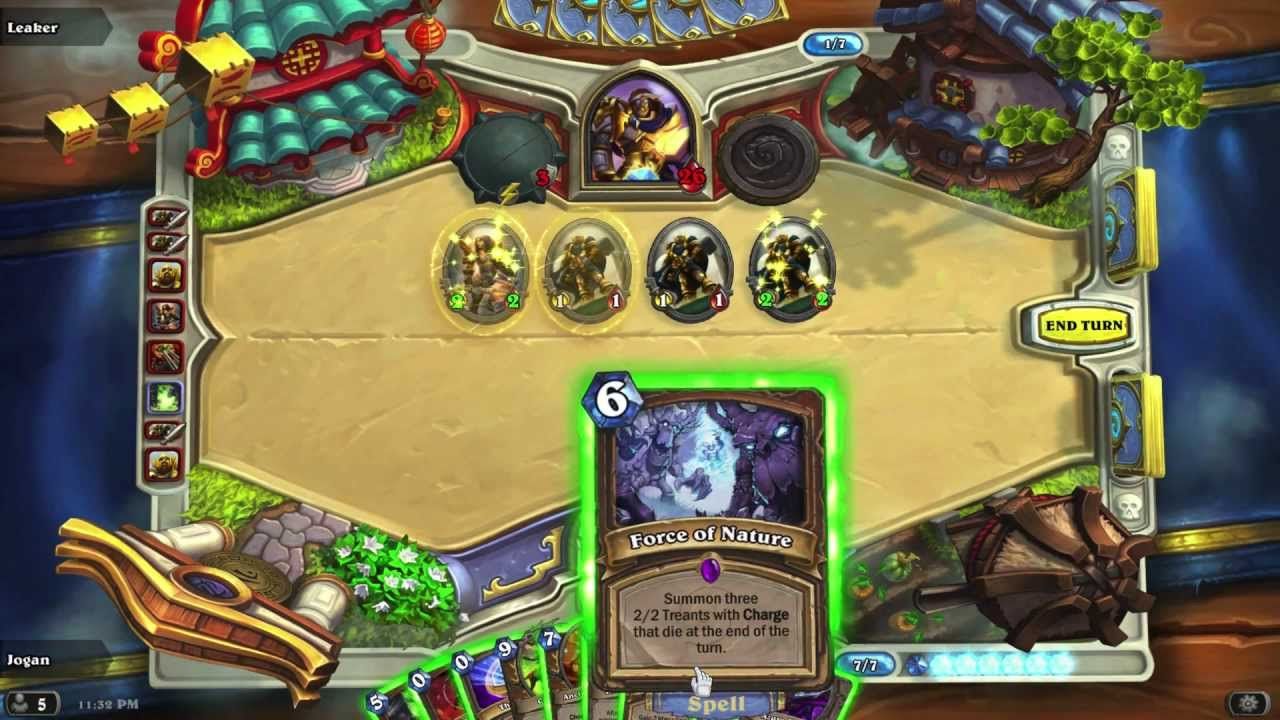
This is another good example of a apparently small alteration that has much greater effects than one might intend . Mind Control is still fair popular in Priest deck and can still be in effect .
7. Edwin Van Cleef
One of the Rogue single Legendaries , Edwin Van Cleef start out differently in the closed genus Beta than he is now . presently , he is a 3 toll , 2/2 jazz group card which gains 2/2 for every other card you play this turn . In the Rogue deck , which has a inviolable focus on fast casting spells like False Coin and Conceal , Edwin is a quality campaigner for many shape .
However , too soon on , he was a 1/1 that had stealth when it pip the board . The trouble with this was that , despite the low strength and toughness , the stealth trait made the calling card too powerful for an other game drop .
Edwin is a double-dyed representative of a high risk of exposure / high payoff circuit card now , but that ’s because without the build in stealth ability , the Rogue histrion must expend Conceal or another stealth - giving notice to hide him from the antagonist .
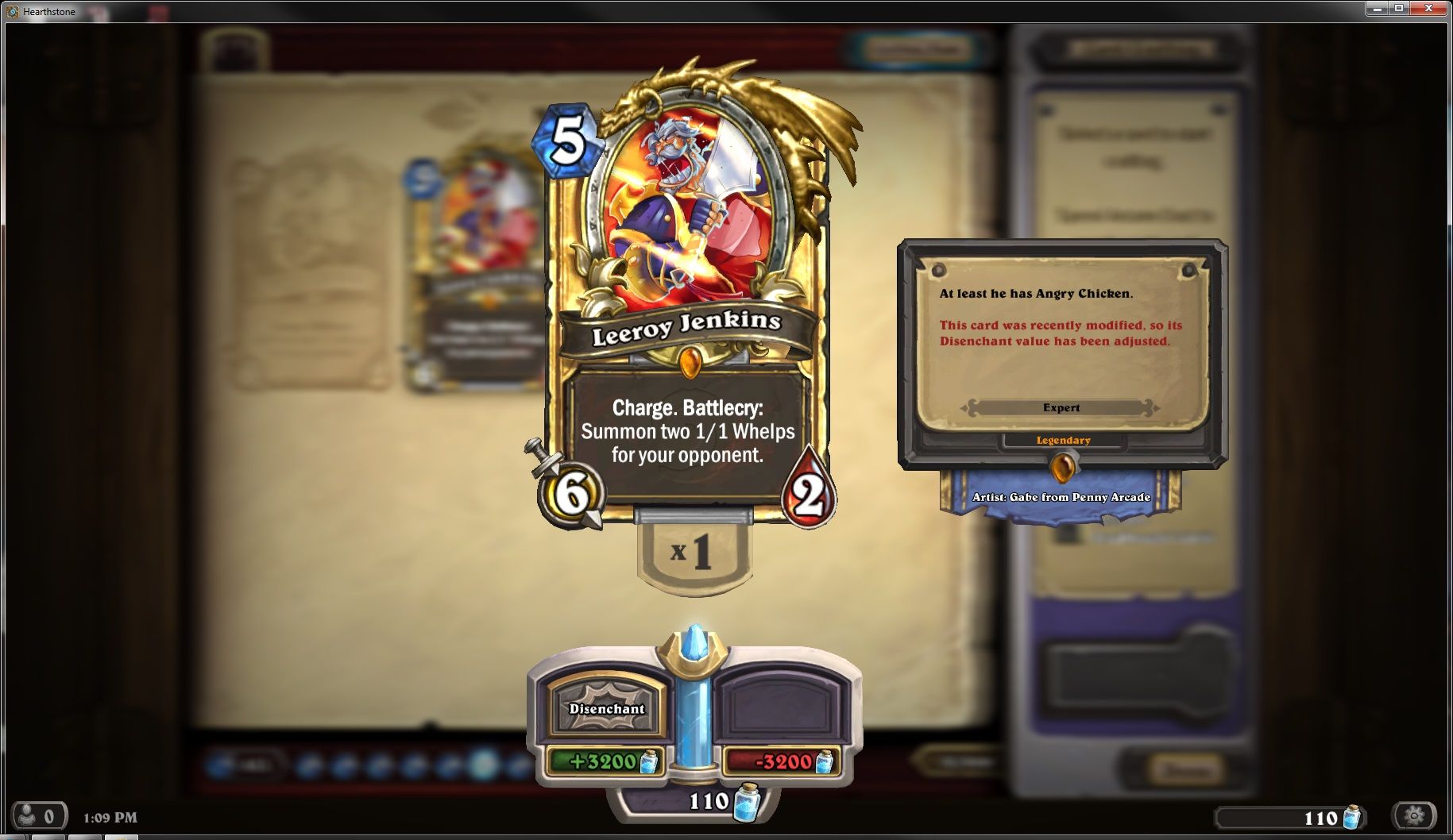
Being that Edwin is a high-pitched antecedency target , the automatic stealth made it far too easy to establish up a version that is 10/10 or more , and without a taunt minion or something else to anticipate its plan of attack , the opponent had very few option when it came to allot with it .
6. Rogue Hero Power
in all probability the most surprising entry on the lean for many newer players , the Rogue ’s original Hero Power was a part of what made the earliest version of that category so powerful . It used to be that the baron had 2 functions , the current " equip a 1/2 obelisk , " and " give your current weapon 1 attempt this turn . "
This was a job for a few reason . For one , it meant the Rogue could deal a logical 2 damage per play to the enemy hero , provided the opposite did n’t have taunt minion . With the Rogue ’s direction on quick spend and deliver cards , it was also a great service to the class artillery Assassin ’s Blade , which at 3/4 made it too easy to deal 4 wrong in the handwriting , with slightly diminishing returns on the turns thereafter .
Some supporter and critics alike point out that because the Rogue has no course of study healing or armor wit , the peril the Rogue puts herself in with weapon attacks balances this offense , but the developer disagreed and rightfully kept the Rogue Hero power as simply " equip a 1/2 dagger . "
